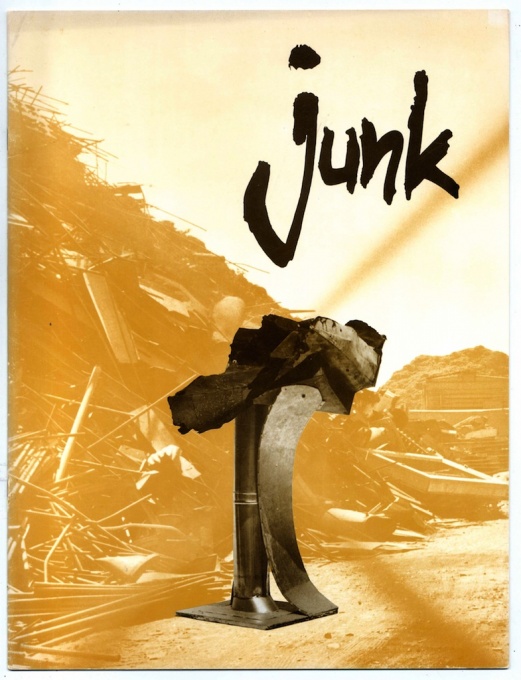The Oddity of Found Things | 66 Signs of Neon Catalog

After the riots of 1965, Thomas Pynchon described the South Los Angeles neighborhood of Watts as “a country which lies, psychologically, uncounted miles further than most whites seem at present willing to travel.” His report for the New York Times, “A Journey Into the Mind of Watts,” detailed, among other things, the vacant lots, charred wood and broken bottles that were somewhat more visible, more newswhttps://eastofborneo.org/articles/make-art-not-war-watts-and-the-junk-art-conversation/orthy after the riots, but not exactly new. “A kid could come along in his bare feet and step on this glass—not that you’d ever know. These kids are so tough you can pull slivers of it out of them and never get a whimper. It’s part of their landscape, both the real and the emotional one: busted glass, busted crockery, nails, tin cans, all kinds of scrap and waste. Traditionally Watts.”
In her essay Make Art Not War: Watts and the Junk Art Conversation, Cameron Shaw revisits this broken landscape through Pynchon’s text and the actions of two artists, Noah Purifoy and Judson Powell, who organized a traveling exhibition of art built from the wreckage. The use of discarded materials was nothing new in art—“assemblage” was in full-swing in California by the early 1960s, with artists like Edward Kienholz, Bruce Conner, and George Herms carrying on a tradition started by Joseph Cornell and Kurt Schwitters, among others. But in Watts, junk was already everywhere. There were bombed out buildings, defunct foundries full of scrap metal, and the city often failed to pick up the trash. The exhibition 66 Signs of Neon—so titled in part because the first works were made from melted neon signs collected by Purifoy and Powell—was assemblage work that focused attention on materials and, therefore, the political and economic conditions that made them abundantly available.
In the exhibition catalogue, Purifoy recounts: “Judson and I, while teaching at the Watts Tower Art Center, watched aghast the rioting, looting and burning during the August happening. And while the debris was still smoldering, we ventured into the rubble like other junkers of the community, digging and searching, but unlike others, obsessed without quite knowing why…we gave much thought to the oddity of our found things.”
Download the catalogue for 66 Signs of Neon below.